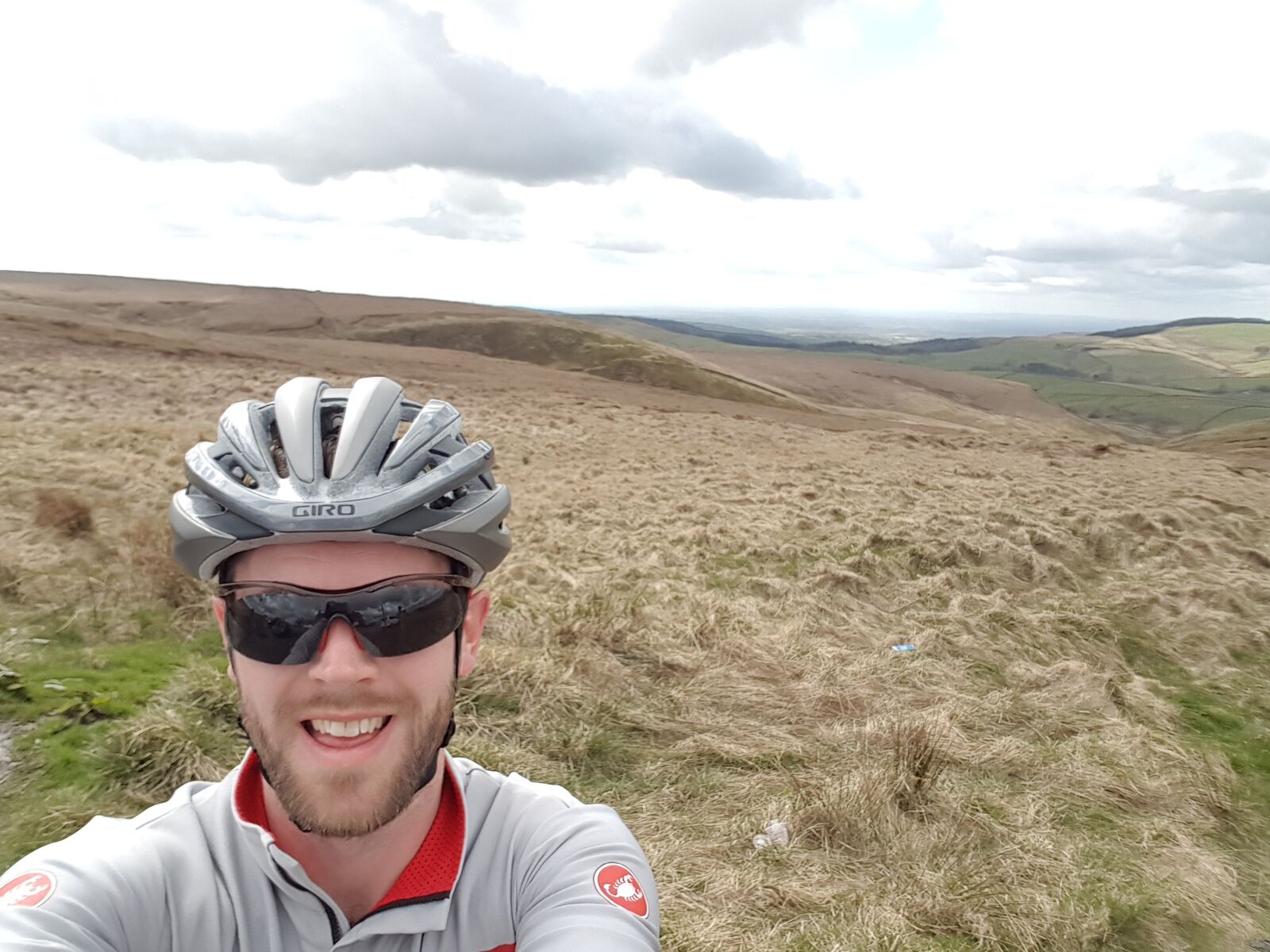 This is the second instalment of our monthly posts introducing a member of the Ensembl team, and what they do in Ensembl. This time, it’s Will McLaren who works in the Variation team.
This is the second instalment of our monthly posts introducing a member of the Ensembl team, and what they do in Ensembl. This time, it’s Will McLaren who works in the Variation team.
What is your job in Ensembl?
I’m the principal developer in the Ensembl Variation team. Our team produces, maintains and supports all of Ensembl’s variation resources. This includes a number of databases as well as the APIs and tools that use them, including the Variant Effect Predictor (VEP).
What do you enjoy about your job?
I love hacking around with code, making new things, taking things apart and fixing them again. Knowing that we’re contributing to advancing science and medicine by doing that is a huge bonus, and the satisfaction I get from that is what I enjoy the most.
I also enjoy interacting with our users, either helping them out over email or face to face at our workshops. Our users really are the inspiration for what we do, so I think it’s really important that we engage with them as much and as productively as we can.
What are you currently working on?
I usually have a number of projects on the go. A lot of my development time is spent working on and supporting VEP, and I’m currently working on improving how we handle RefSeq genes, as well as managing our recent transition to a major VEP update. I’m also spending some time working on a collaborative project with OpenTargets, the aim of which is to help identify links between genomic variation, genes and disease.
What is your typical day?
A typical day for me usually consists of continuing progress on whatever development project or projects I need to prioritise that day, and for me that usually means a terminal, a text editor and a web browser are my best friends. This will be punctuated by various things. I have a daily standup meeting with my team, saying what we’ve done, what we’re going to do, and discussing any issues that come up from that – it might be a colleague has become stuck on something that someone else has already figured out, so sharing in this way is great for all of us. We also communicate a lot via instant messaging if we can’t in person, and this extends across the whole of Ensembl. There’s usually a couple of help requests from users, and occasionally this will also involve finding and squashing a bug in our code (something we try to prioritise where we can). If the bug turns up in code someone else is responsible for, we might discuss with them before working out how to fix it. There may be a pipeline I need to kick off or check on that generates data as part of Ensembl’s ongoing release cycle. I might also have a conference call or a meeting with collaborators; typically this might be to discuss a manuscript in progress or a shared project.
How did you end up here?
I started my academic life doing Biochemistry and Genetics. I pretty quickly realised I didn’t have the manual skills or the patience for lab work, but I loved the discovery aspect of the science. I’d always had a hobby messing with computers, and was delighted to discover that I could combine my hobby and academic interests in this thing we call bioinformatics.
After a year studying bioinformatics, I got my first job working in informatics for pet health. Not the most glamorous, but it started me down the path of working in variation data, and a change of city led me to working at the Sanger Institute (who share a campus with us here at EMBL-EBI) doing statistical genetics for genome-wide association studies (GWAS).
I’d dabbled with Ensembl before, and when I saw a job advertised in Ensembl in a new-ish team that fit my experience and interests and was looking to expand, I jumped at the chance and haven’t looked back!
What surprised you most about Ensembl when you started working here?
What surprised me most was the diversity in the Ensembl team. We really are an international team with representatives from nearly every continent, which is great on both a personal and professional level. As well as this, we have a surprising diversity in people’s educational and career backgrounds. The combination of these means we have a huge breadth and depth of knowledge across the Ensembl team, which allows us to deliver what I consider a staggering array of data and functionality to our users.
What is the coolest tool or data type in Ensembl that you think everybody should know about?
We have a cool web view called the transcript haplotype view. This shows you whole transcript and protein sequences as they would appear in each individual from the 1000 Genomes project, by considering all of the genomic variation across a gene together. We also have a related tool that you can use on your own data called Haplosaurus, and I think this is going to be a really important step towards seeing the real biological picture in sequenced genomes.

 This is the second instalment of our monthly posts introducing a member of the Ensembl team, and what they do in Ensembl. This time, it’s Will McLaren who works in the Variation team.
This is the second instalment of our monthly posts introducing a member of the Ensembl team, and what they do in Ensembl. This time, it’s Will McLaren who works in the Variation team.